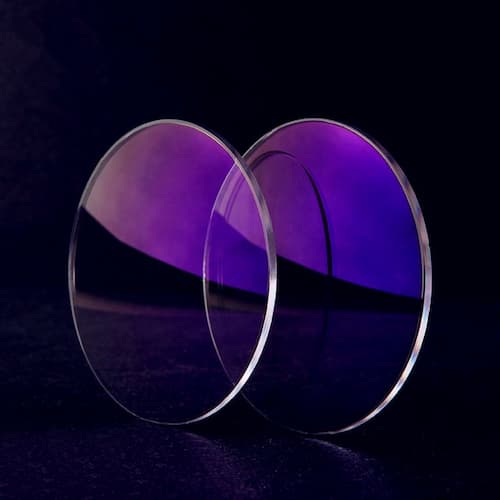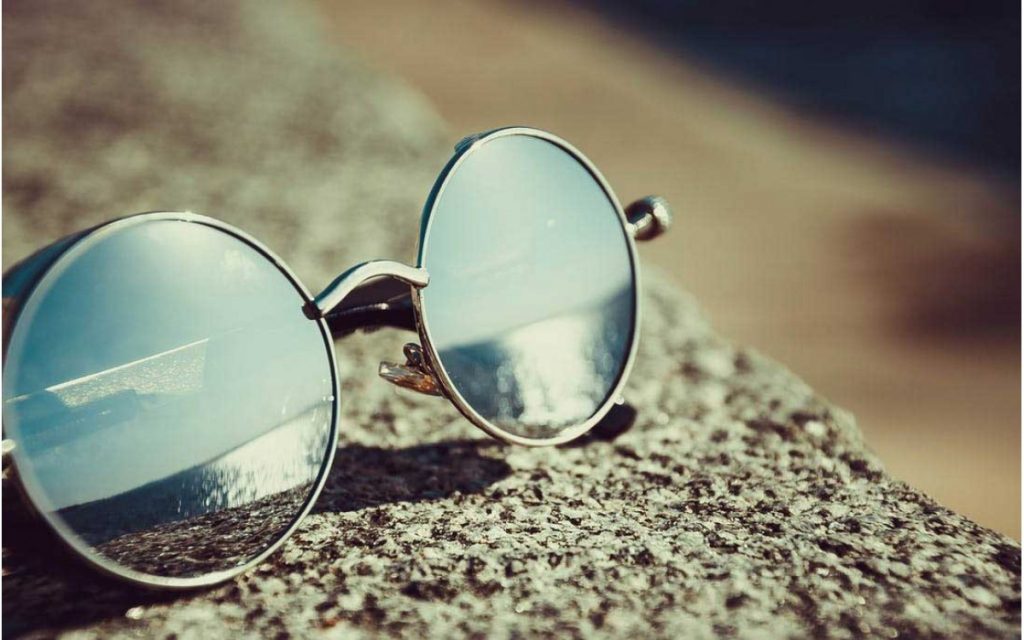
Anti-glare lenses: general characteristics
Anti-glare lenses, as their name indicates, allow the reflection of light not to affect the eye. Quality lenses must fulfill the function of repelling light rays.
It is a basic quality if you are looking to improve vision through formulated glasses. Some people never adapt to wearing them because they do not purchase anti-glare lenses. It is for this reason that we report data about its importance and benefits.
What are anti-glare lenses?
An intrinsic phenomenon of light is reflection. When a ray hits a surface and bounces back, a reflection is created. The lenses have a high capacity to generate that reflective effect that we perceive as an annoying glare.
When the reflection appears in the glass, the light minimizes the field of vision, generating a dazzling effect. But why does this happen? The explanation is that the light waves hit the lens and jump instead of passing through the glass.
Anti-reflective or anti-glare glasses counteract this consequence by bringing all the outside light into the interior of the eye, specifically to the retina. Thus, visual precision is increased, since the more light, the better the focus.
Anti-glare lenses are manufactured inside a vacuum coating chamber. There a mica treatment is carried out. Then, several layers of a coating made with chemical materials capable of absorbing light are placed on it.

General characteristics of anti-glare lenses
Anti-reflective lenses are distinguished from traditional ones by various qualities that characterize them. Among them are the following:
- Transparency: the lenses have a more translucent appearance because the light does not remain on the surface of the mica. Therefore, the user’s eyes are clearly seen through the lenses.
- Anti-scratch: Anti-glare lenses also have an additional layer to prevent scratches from friction with other objects. This material also protects the anti-reflective coating to increase durability..
- Higher opacity: They are less shiny compared to others. Likewise, the tone of the reflection is usually different. Anti-reflective lenses have a greenish color that can be seen at certain angles of reflection.
- Water repellent: due to the extensive treatment of the lenses, liquid does not adhere easily.

Advantages of anti-glare lenses
Since you already know what anti-glare is, you can deduce that to get the full benefits of your formulated lenses you need to make sure they are anti-glare. Here are some reasons why it is so important:
Prevents eye defects: they minimize the effort to focus vision clouded by reflection, thus reducing the risk of developing additional pathologies. Therefore, they provide a better long-term corrective effect.
Relieves signs of fatigue: itching, dryness, visual fatigue and headache are symptoms caused by the reflex. Anti-glare lenses send light to the retina to eliminate eye strain.
Prevents accidents: Car crashes due to glare are a common cause of accidents. To reduce the risk, it is advisable to use lenses with anti-reflective coating to avoid glare.
Greater durability: the anti-scratch coating provides extra protection to the glass. They are less likely to break, get wet, stained or scratched easily, so they represent an investment for the future.
 +1(305)741-5259
+1(305)741-5259


